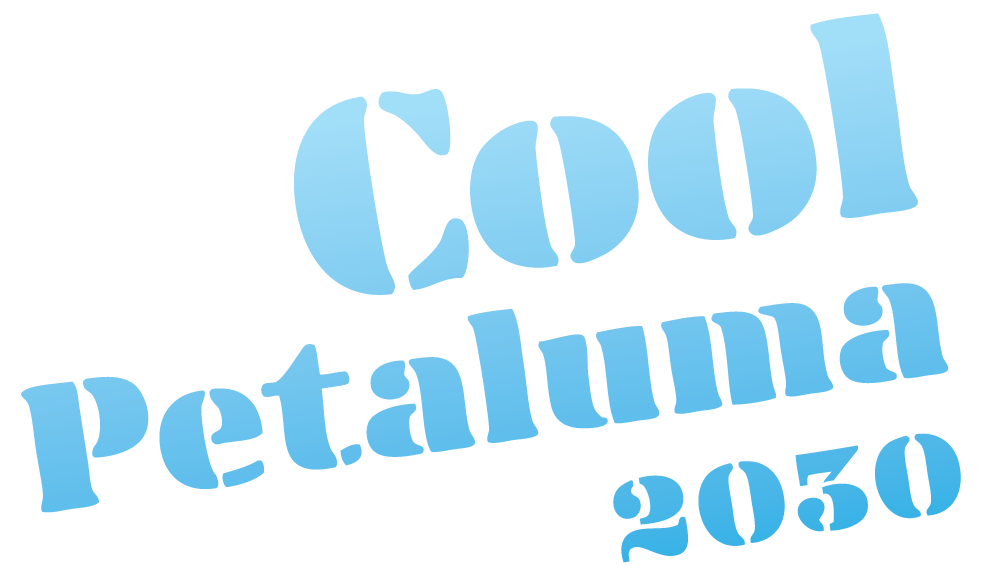Climate Column: Your Chance to Create a More Walkable Neighborhood
The Argus Courier has asked our Campaign Director, Natasha Juliana, to write a monthly climate column for the newspaper. Here is the June 2022 installment:
NATASHA JULIANA
June 23, 2022
When I lived in the Glen Park neighborhood of San Francisco, I could easily walk from my home to a delicious bakery, a cute coffee shop, and a variety of restaurants. There was also a fantastic grocery store, a jamb-packed hardware store, and a mid-century modern furniture store. All of these were locally owned and full of character. For my young daughter, there was a public library, a Montessori preschool, and the amazing Glen Canyon Park with a playground plus an extensive wild open space with trails to explore. We even had a BART station for easy access to downtown and beyond. If you took a longer stroll over to the Bernal Heights or Noe Valley neighborhoods, they had a similar list of amenities within reach.
Clusters of services creating hubs of vibrant community life for the people living there. This is a common design theme for the parts of cities and towns that were built before the boom of the automobile.
What does this have to do with climate change, you ask? A lot.
How we design our environments informs how we use them. And how we use them determines our impact on the planet.
In Petaluma, 67 percent of our greenhouse gas emissions come from transportation. It is also estimated that 22 percent of residential trips are under two miles and another 34 percent are between two to five miles, adding up to 56 percent of our auto outings! Making these short trips without a car should be easy enough, especially since we are lucky to live on relatively flat ground in a relatively mild climate
But as much as we might enjoy moving around on bicycle or on foot, the modern city bends over backwards to cater to moving cars. Have you ever noticed how often a bike lane or sidewalk abruptly ends in a bush? We’d never think of creating a patchwork of roads that randomly dump cars at dead ends, but we’ve done that to bicyclists and pedestrians all over the place.
The modern city also loves to separate functions. We put your homes in one “neighborhood,” our stores in another “neighborhood,” and our office parks in yet another “neighborhood.” Thus, the need for all of those car-centric streets to get us from one to the next.
But what if we could access our daily needs within a pleasant 15-minute walk of our home? If you live near historic downtown Petaluma, you already have this opportunity. But for many of us, we need to drive to reach grocery stores, coffee shops, schools, and workplaces.
Lucky for us, we’re going to have a chance to explore these ideas together, with the help of some experienced designers from across the country.
Just before the pandemic, a group of Petalumans applied for and won a grant offered by the American Institute of Architects (AIA) for consulting services from what they call the Sustainable Design Assessment Team (SDAT). Other cities in Sonoma County have already taken advantage of this opportunity in prior years, but this will be Petaluma’s first round.
After two years on hold, we are extremely excited to announce our community-led design event will be held safely outside on Friday, August 5 from 5:30 to 8:30 pm at the Sonoma-Marin Fairgrounds. Ideas will then be presented back to the community at a special City Council Workshop on Monday, August 8 at 6 pm.
Veronica Olsen was the Petaluman who found the grant and led the application process, along with myself and many other volunteers jumping in to help make it happen. Olsen understands the importance of activating our imagination so that we can see beyond what is now, to what can be for our future. “After being part of many multi-sector, community-led design processes and seeing how they can transform communities, businesses, and people,” said Olsen, “I am excited to see how design-thinking can ignite our collective creativity in Petaluma.”
For example, my closest commercial center is the intersection of Petaluma Blvd N and Payran/Magnolia. There are several services there including a grocery store, restaurants, and access to the Lynch Creek Trail, but this neighborhood was completely designed for cars, not people. Spotty sidewalks, wide and fast traffic lanes, and vast expanses of parking lots all make for an unfriendly landscape to traverse.
Could this intersection be designed differently so that it invited us locals to enjoy the convenience of its services without having to hop back in the car? Would that make this whole area into a thriving and cohesive “Cherry Valley Neighborhood,” maybe even connecting over to the school off Magnolia?
The Cool Petaluma program has focused this year on inspiring resilient, sustainable living on a block level. With this new grant award from the AIA, there is an opportunity to expand our focus to the neighborhood level. As Olsen describes it, we can imagine “distinct ‘15-minute neighborhoods’ that offer a variety of housing options, convenient local services, and beautiful, nature-filled streets and parks with access to bike lanes, trails and walking paths.”
With a focus on local design for local living, this new initiative is being called Localuma. We are eager to hear your ideas for a local-focused Petaluma. Please mark your calendars and join us on Friday, August 5. RSVP at localuma.com to participate.

